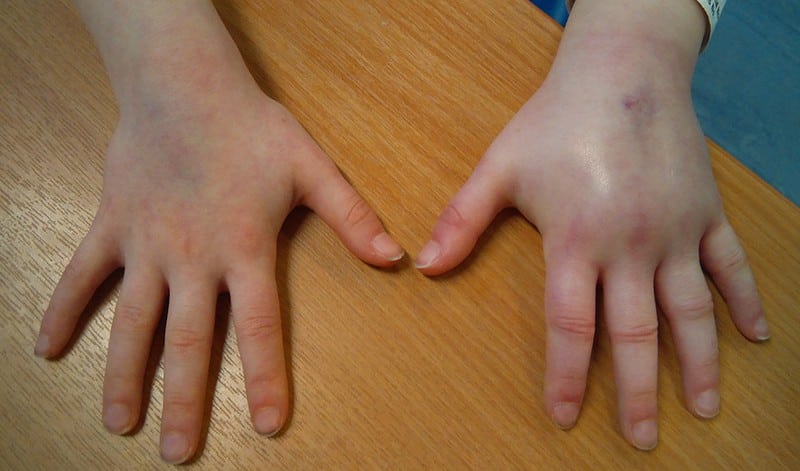Typically, the blood should flow smoothly and continuously throughout the lifetime. However, the flow may shut off quickly to prevent spills when a person suffers from a cut or an injury and save lives by stopping ferocious bleeding. But blood clots may also form when they are not needed and could be potentially dangerous by causing a stroke, heart attack, or pulmonary embolism.
Blood clots may break loose and move to other body parts, putting life at serious threat. That’s why it is critical to identify their presence and treat them right away. Blood clots may form in the arm, legs, groin, and anywhere when the blood thickens and clumps together.
A blood clot in the arm may be rare, but it can happen, especially after surgery or trauma. For 30-60% of people who have deep vein thrombosis (DVT) in the arms, there may not be any recognizable symptoms, or they may experience a gradual appearance of symptoms. The thing is, recognizing a blood clot at its onset is very important. Look for the following signs and if a blood clot seems apparent in the arm or another location, be sure to seek medical assistance immediately.
Arm Swelling

Arms are used for various activities of daily life. It’s hard to ignore a problem, even at its onset. Swelling can especially intervene with one’s strength and mobility, so it would be difficult not to recognize it.
Arm swelling could happen due to various causes. For example, there will be swelling when there is compression of the blood vessels or the nerves. In some cases, arm swelling may be caused by an injury or a local infection. But it could also be a symptom of a blood clot.
When does swelling in the arm becomes a symptom of a blood clot? It’s when there is no apparent other reason for it and when all the other signs that come with it point to a blood clot as the trigger. Swelling in one area of the arm should be examined immediately if there is any possibility that a blood clot causes it. Check accompanying signs and discomforts. You may check with a medical professional to confirm if they involve those that cause a blood clot.










